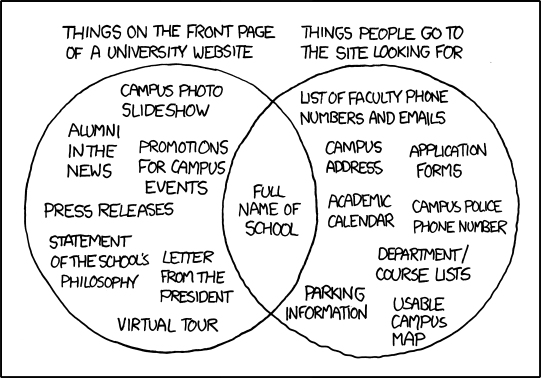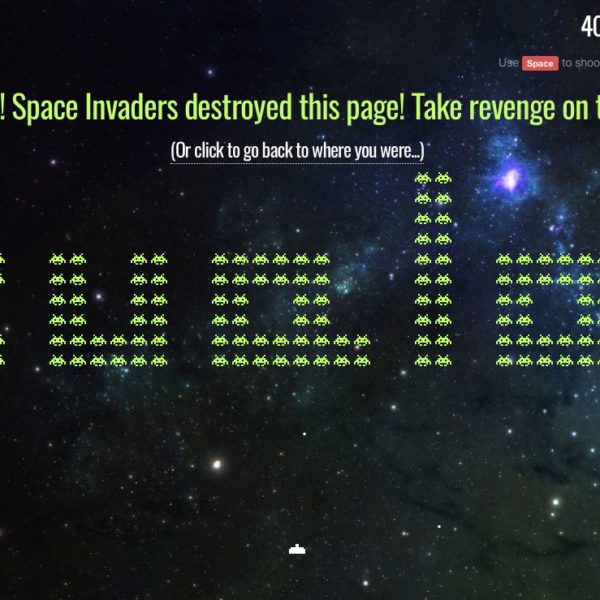Most website projects start with the promise of a new design fixing everything. Once you’ve implemented that sexy new design and locked in a clear IA, users will start looking at what is actually on the page. For most organisations that’s the hard part: an ongoing approach to content that will hold people beyond the new design.
The content maven Gerry McGovern writes about the user experience from awesome design to average content as “walking out of a plush hotel straight into a rubbish dump”. But for most organisations, the rubbish dump is huge and has been growing organically for years so how do you start tidying without going mad? Content strategy is the place to start.
User experience methodology starts looking at your site with your user’s eyes, not those of the organisation or a specialist writer who gets all your jargon. McGovern says to surface the top tasks users want to complete on a site. Put your effort into making it clear how to complete the top tasks and most users will be happy.

Next keep an eye on stats and search traffic to see what users want from your site in an ongoing way then find ways to surface that content easily. This is the perfect way to discover topical content that may be useful at certain times of year or during an event. You could use a homepage carousel or push it through your social media channels so your users get content at the right time. If users are getting lost, then maybe there’s a content gap that could be filled with some explanatory information to make the journey easier. Most importantly, ditch the boilerplate bumpf about you. It just gets in the way of what users really want.
But not all businesses are run by users… yet. And for some businesses it feels like handing the inmates the keys to the asylum. “Our website needs to be about selling, and if it becomes about what users want then it’ll be all p0rn and kitten videos,” they protest. There’s a place for both in a balanced content strategy. It’s about listening to your audience before you start talking at them. (And with social media it’s about continuing that dialogue with them and not the sell monologue – if you’re used to writing for print, here’s a social media for writers article I wrote a while back).
For most organisations it’s that sweet spot between what you want to tell people and what they want to hear. Finding out more about the top tasks for users is the easiest way to make them happier.


